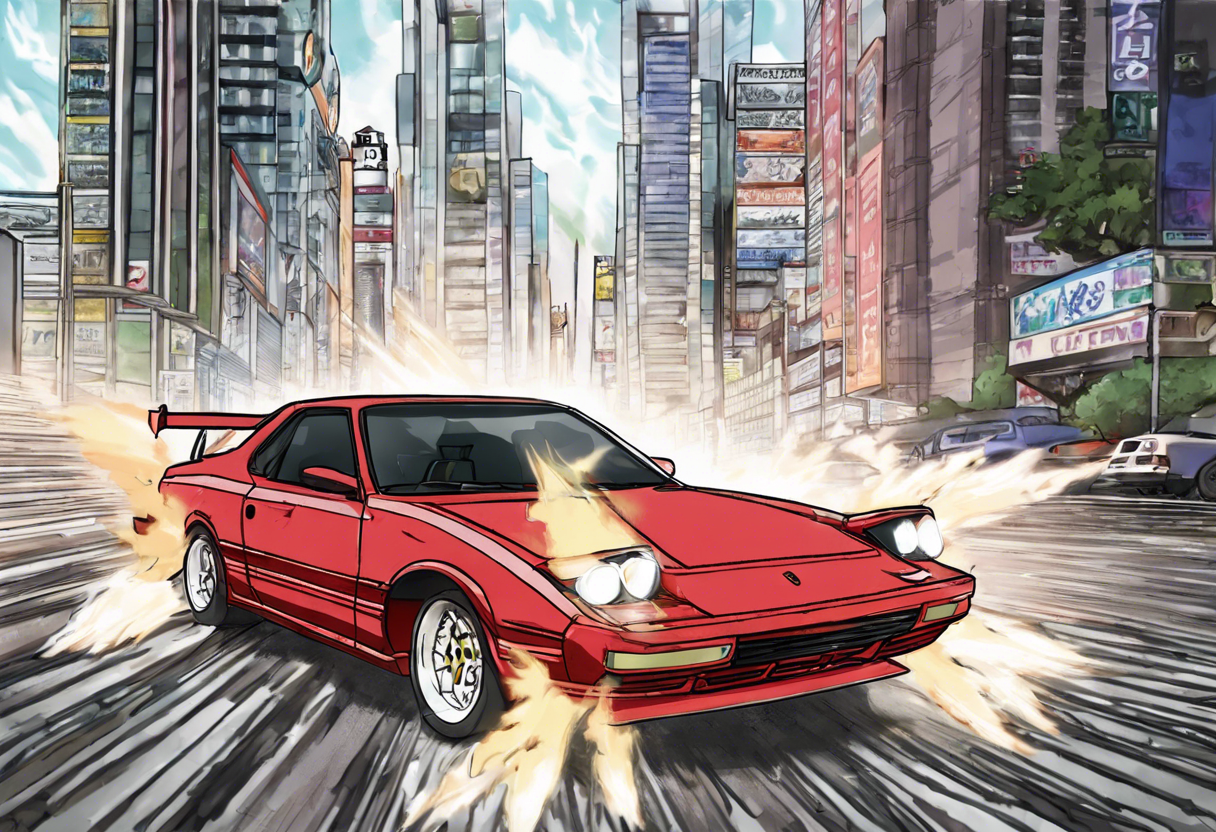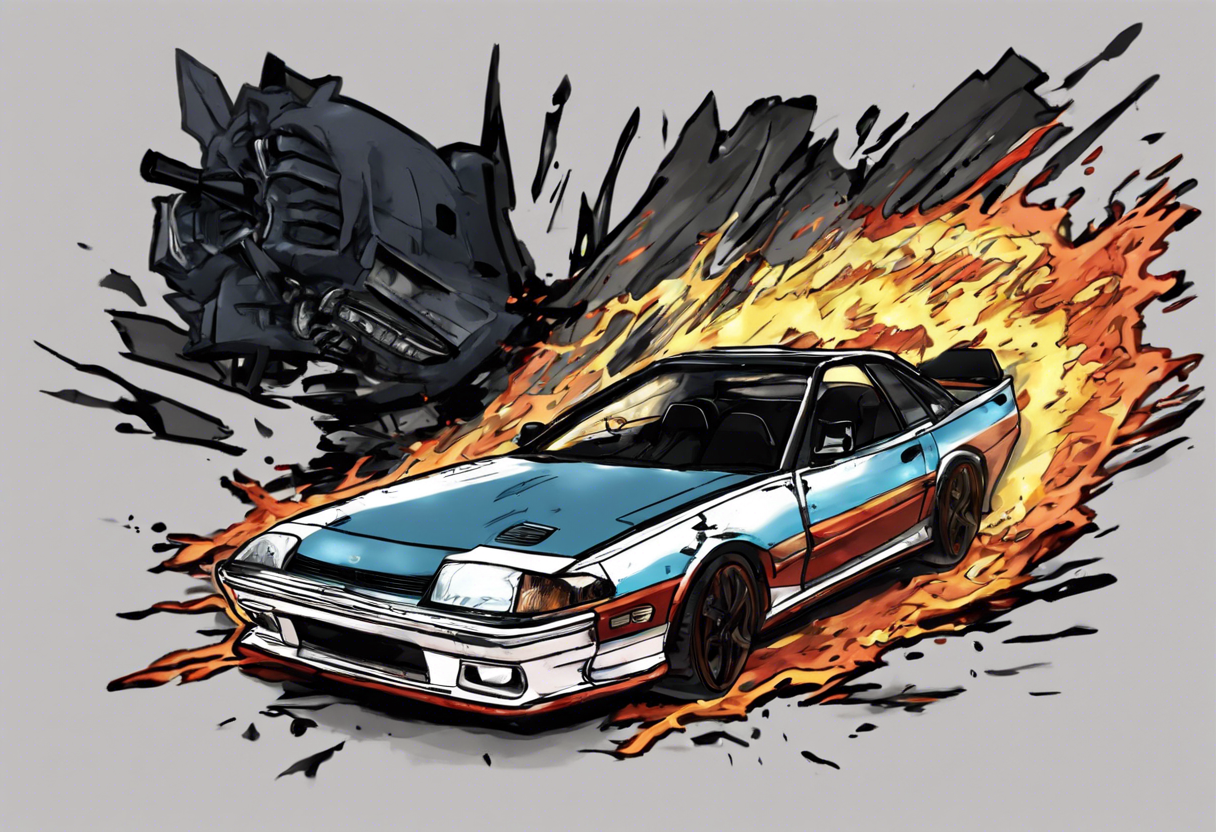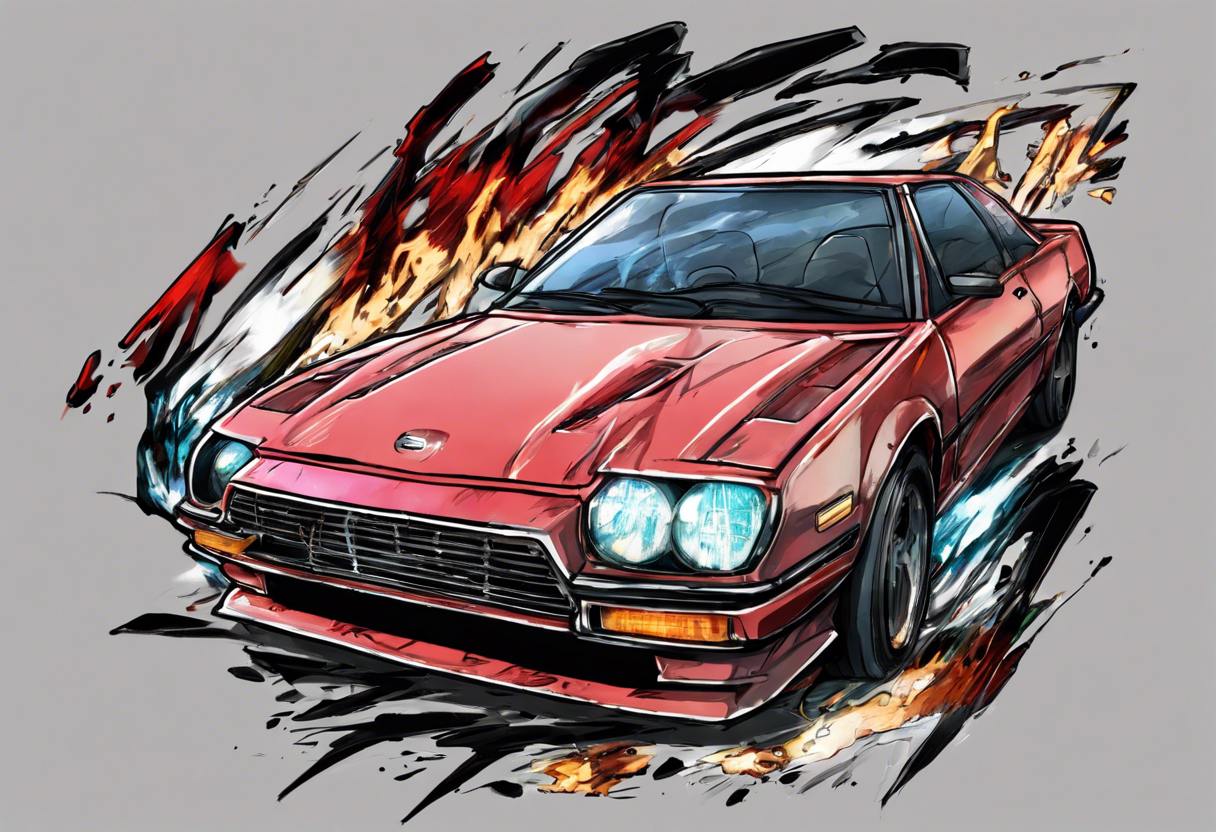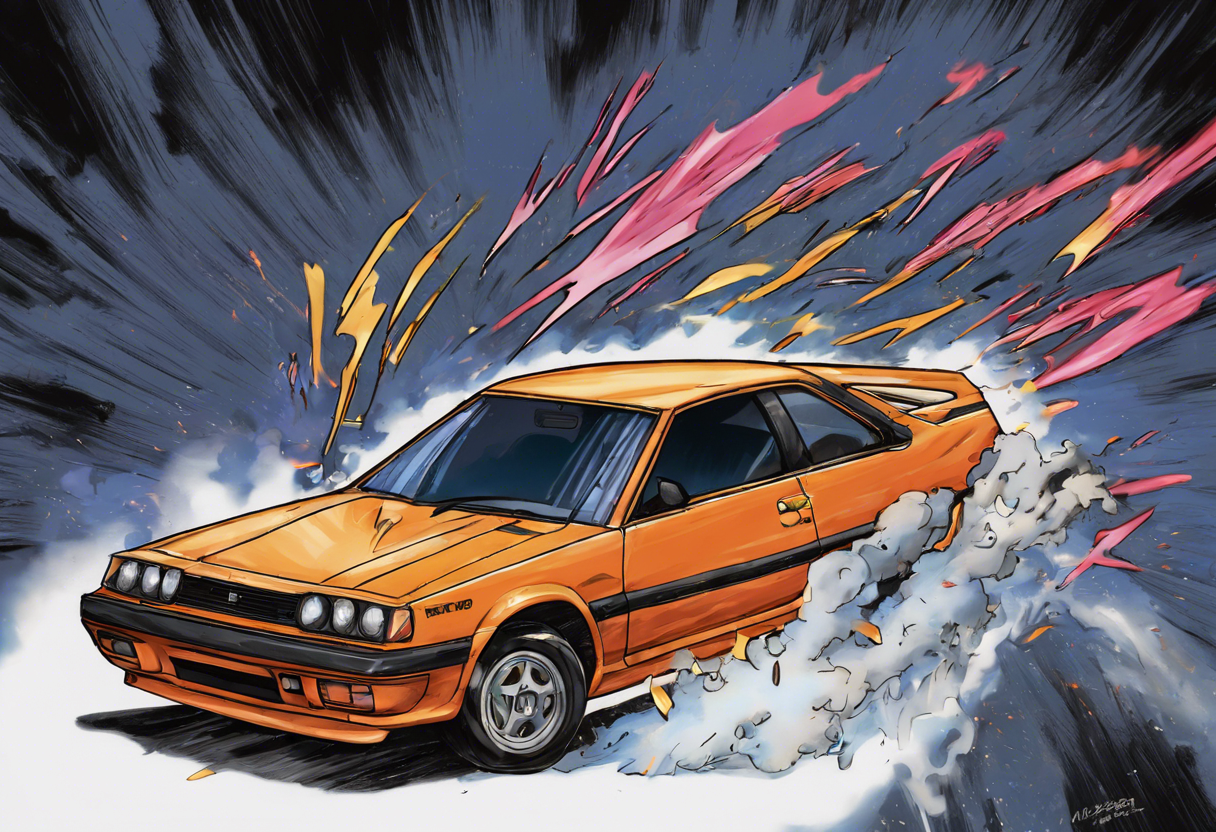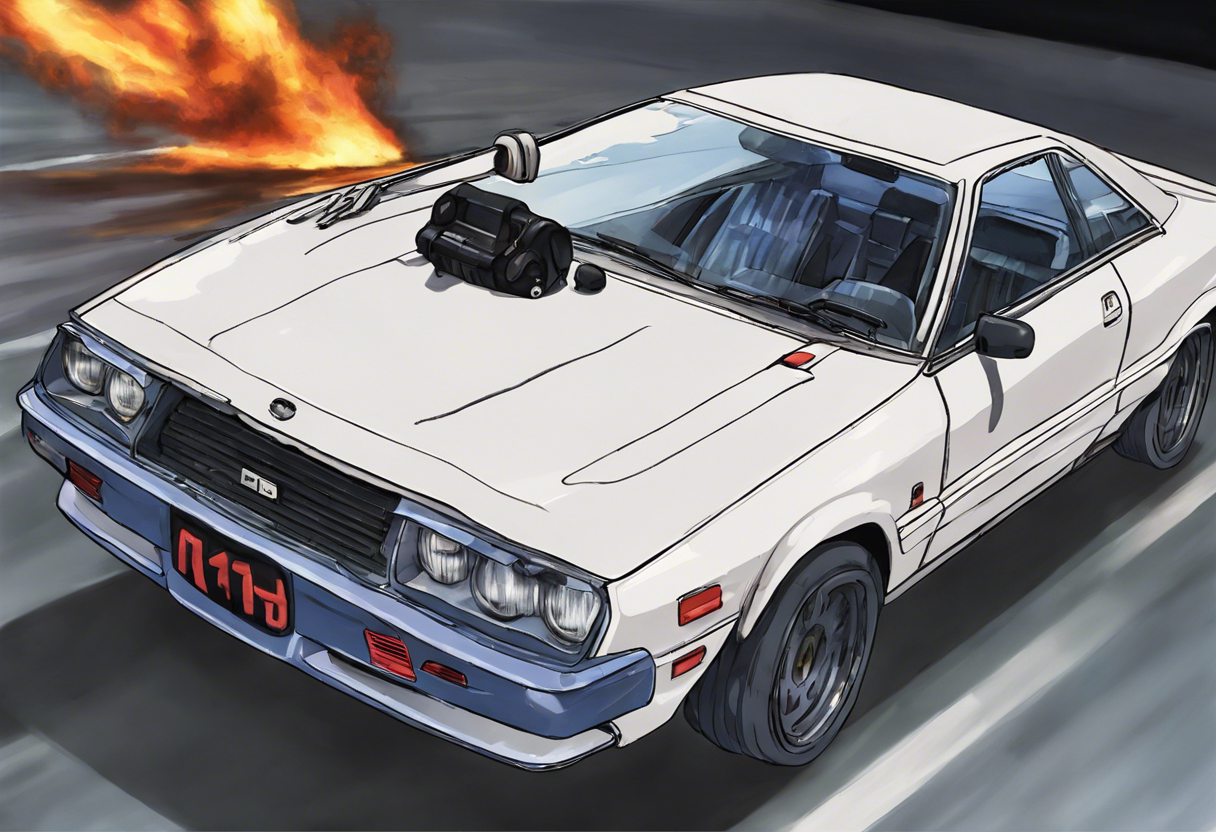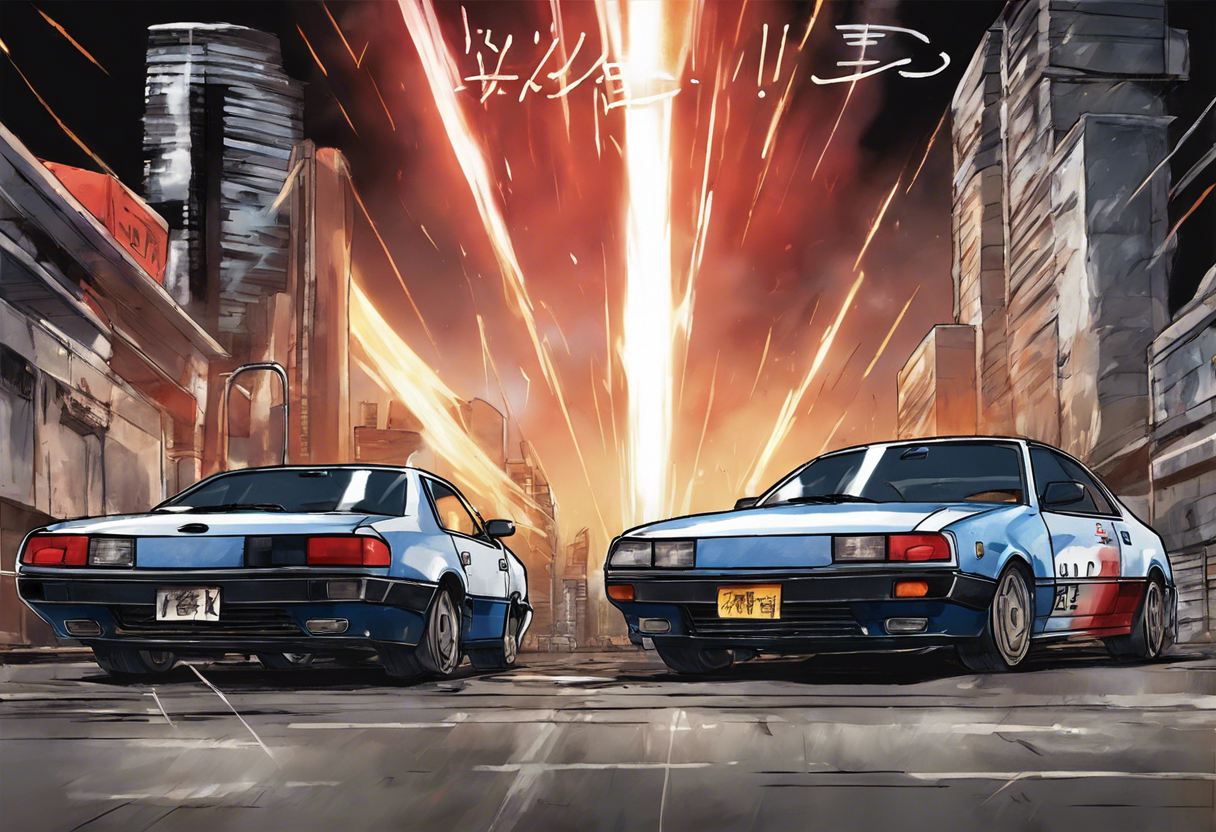Contents
Unfair Super Weapon in the Context of Initial D
Introduction
"Unfair Super Weapon!" is not a standalone anime, but rather an episode title within the larger franchise of Initial D. This specific episode is part of Initial D: Second Stage, which aired from 1999 to 2000. Here, we will delve into the context of this episode, its production, key creative figures, and its significance within the Initial D series.
Background and Production History
Initial D: Second Stage is the second installment of the Initial D anime series, based on the manga by Shuichi Shigeno. The series was produced by Studio Deen and directed by Shin Misawa. The writer for the series includes Hiroshi Toda and Nobuaki Kishima, among others. The initial release of Second Stage began in October 1999 and concluded in January 2000.
Key Creative Figures
- Director: Shin Misawa
- Writers: Hiroshi Toda, Nobuaki Kishima
- Producer: Masayuki Katō
What Sets it Apart
Initial D stands out in the anime genre for its meticulous attention to detail in car racing, particularly drifting, and its use of CGI to animate the cars. The series also features a unique blend of high school life, romance, and intense street racing, set against the backdrop of Japan’s mountain passes.
Plot Summary
Episode Overview
"Unfair Super Weapon!" is the first episode of Initial D: Second Stage (Episode 27). The story revolves around Fujiwara Takumi, the main protagonist, who is challenged by a new rival, Wataru Akiyama.
Key Events and Characters
Takumi, who has been driving on Mount Akina for years, is introduced to Wataru by Itsuki Takeuchi and Kazumi Akiyama, Wataru’s sister. Wataru, driving an Eight-Six (AE86) like Takumi, presents a new challenge. However, Wataru’s aggressive and competitive nature creates tension, especially when he perceives Takumi’s reaction to his car’s new downhill racing capabilities as dismissive.
The episode sets the stage for a series of intense racing battles and personal conflicts. Takumi must learn the basics of street racing to accept Wataru’s challenge, while also navigating his relationships and the pressures of being a street racer.
Settings and Major Conflicts
The episode is set primarily on Mount Akina, a famous racing spot in the Initial D universe. The major conflict revolves around the upcoming battle between Takumi and Wataru, with each driver determined to prove their skills. Additionally, the episode explores the personal growth of Takumi and his friends as they face new challenges and rivalries.
Themes and Symbolism
Central Themes
- Competition and Rivalry: The episode highlights the intense rivalry between drivers, particularly between Takumi and Wataru. This theme is central to the Initial D series, showcasing how competition drives characters to improve and push their limits.
- Personal Growth: Takumi’s journey from an unaware delivery driver to a skilled street racer is a key theme. This episode marks a significant point in his development as he faces new challenges and learns to adapt.
- Friendship and Relationships: The relationships between characters, such as Takumi, Itsuki, and Natsuki, are explored. These relationships add depth to the story and provide emotional support to the characters as they navigate their racing careers.
Symbolic Elements
- The Eight-Six (AE86): The AE86 is a symbolic car in the series, representing the pinnacle of street racing vehicles. The rivalry between Takumi and Wataru, both driving AE86s, symbolizes the pursuit of excellence and the respect for the car’s capabilities.
- Mount Akina: The mountain pass serves as a symbol of the characters’ passion for racing and their connection to their community. It is a place where reputations are made and broken.
Cultural Impact
Reception Upon Release
Initial D: Second Stage was well-received by fans and critics alike for its intense racing sequences and character development. The use of CGI for the cars was particularly praised for its realism and detail.
Influence on Popular Culture
The series has had a significant impact on car culture and anime fandom. It popularized the concept of street racing and drifting, influencing real-world racing communities. The series also inspired numerous video games, such as the Initial D Arcade Stage series.
Adaptations and References
Initial D has been adapted into several forms of media, including video games, live-action films, and stage productions. The series has also been referenced in other anime and media, such as in Wangan Midnight and various car racing games.
Critical Reception
Initial Reception
At the time of its release, Initial D: Second Stage received positive reviews for its racing sequences, character development, and the integration of CGI. However, some critics noted that the character designs and animation quality were not as polished as other anime of the time [5].
Subsequent Years
Over the years, the series has maintained a strong fan base and critical acclaim. The Eurobeat soundtrack, in particular, has been praised for enhancing the racing experience and contributing to the series’ energetic atmosphere.
Controversies and Differing Interpretations
Some critics have argued that the series focuses too heavily on racing, neglecting other aspects of the characters’ lives. However, fans and many critics argue that this focus is what makes the series compelling and authentic.
Legacy
Enduring Relevance
Initial D continues to be a beloved and influential anime series. Its detailed portrayal of car racing and its impact on car culture have made it a staple in both the anime and automotive communities.
Inspiration to Filmmakers and Artists
The series has inspired numerous filmmakers and artists, particularly in the realm of car racing and action anime. Its use of CGI and attention to detail in racing sequences have set a high standard for subsequent anime and films.
Place in Cinematic History
Initial D is recognized as one of the pioneering anime series in the sports genre, particularly in car racing. It has paved the way for other racing anime and has left a lasting impact on the medium.
References
- https://en.wikipedia.org/wiki/List_of_Initial_D_episodes
- https://www.wusf.org/2025-01-01/after-nearly-two-years-szas-sos-rockets-back-to-the-top-of-the-album-chart
- https://www.supersummary.com/let-us-descend/symbols-and-motifs/
- https://myanimelist.net/anime/529/Saishuu_Heiki_Kanojo/reviews?filter_check=2
- https://theflame.unishanoi.org/entertainment/reviews/2016/03/31/anime-review-initial-d/

